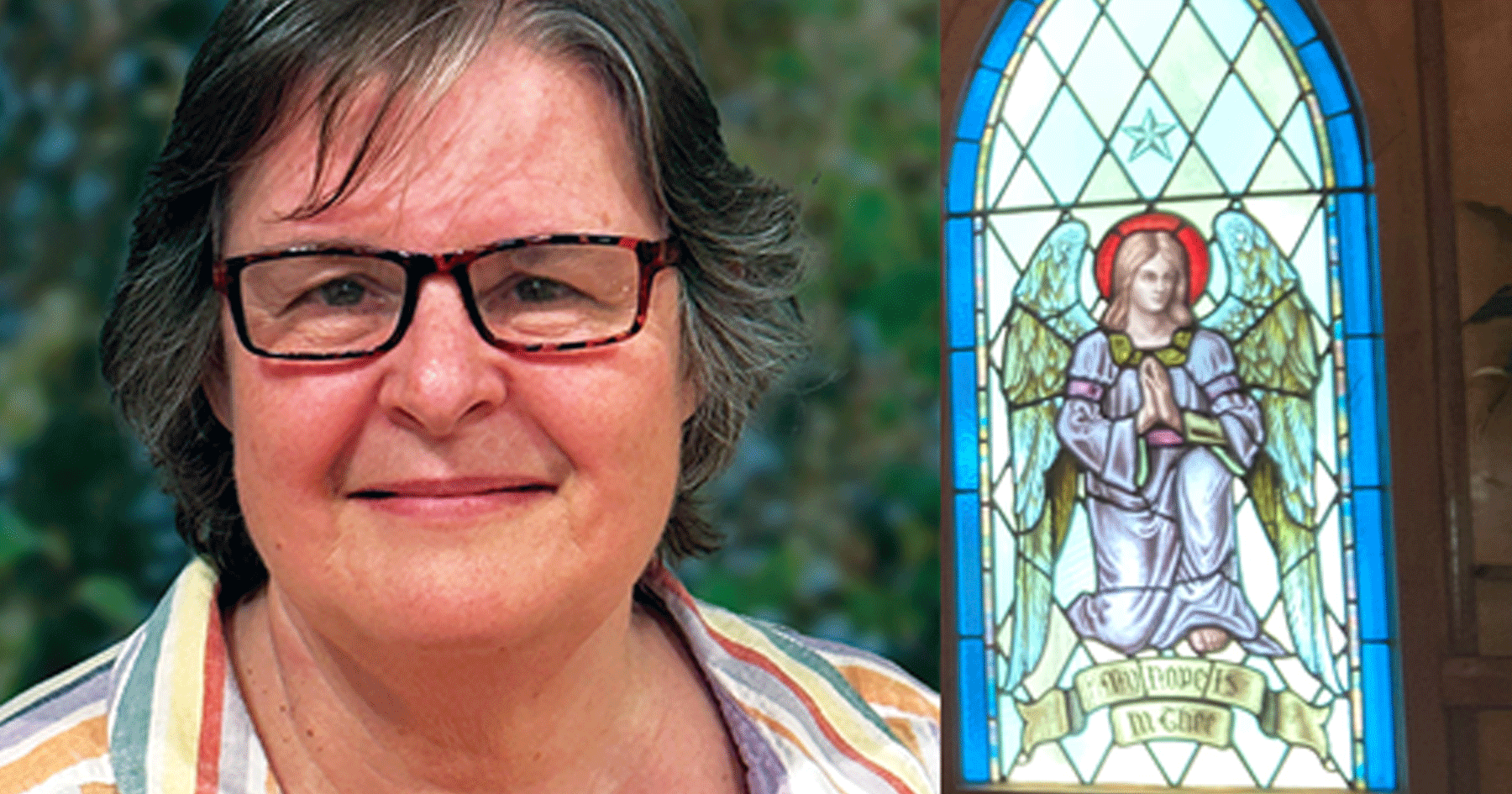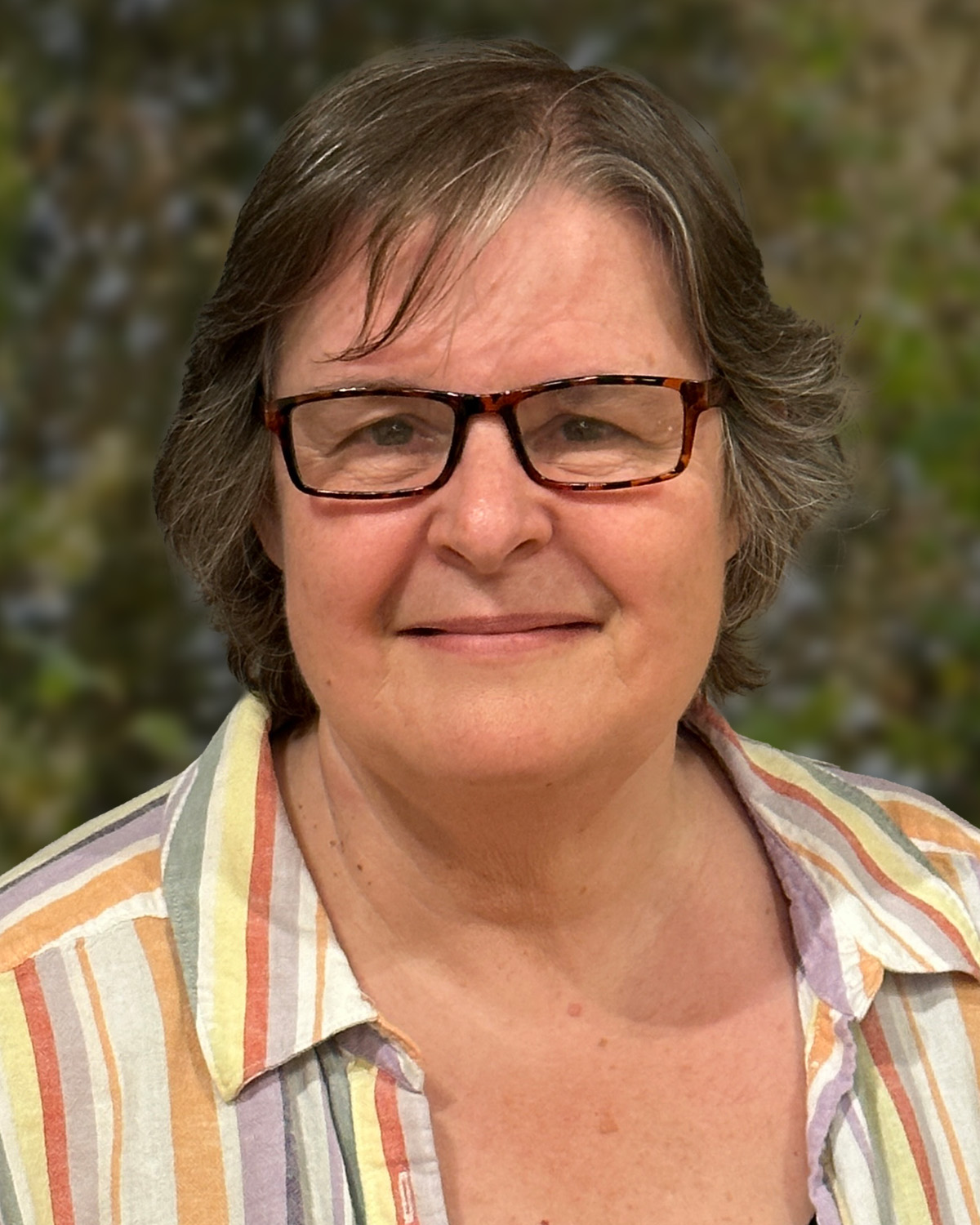If new hymn books are published about every 25 years, then “Sing a New Creation” (2022) is right in line with that. Technically, it is a supplement to Common Praise but its purpose is the same; that is, to be a resource for congregations that reflect our changing times and our life experiences. When Common Praise came out in 1998 it had followed a period of intense change: new translations of the Bible, new forms of worship, new lectionaries, sensitivities to how language includes or excludes people, and an increased awareness of other cultures, races, languages, and religious denominations. At the time this hymnbook did reflect those things, but times have changed yet again. Although Common Praise (CP) is still relevant in many ways, “Sing a New Creation” (SNC) fills in the gaps.
In the introductory notes to SNC Kenneth Hull states that the new book’s aim is “to include songs and settings that are attractive and enjoyable to sing, to offer more texts and tunes written by Canadians, and to reflect the global character of the church by including a wide range of material from diverse cultures and language groups.” The hope is that the book will be used as a rich resource for selecting hymns beyond their traditional roles of processional, offertory, communion, and recessional.
I would like to add that SNC does not duplicate any of the music found in CP; rather, it compliments it. While you will not find a lot of traditional hymns in this book you will find new words set to traditional tunes. You will also find songs that are more inclusive when it comes to things like God language and gender, as well as more songs of lament. Specific styles not already mentioned include folk tunes, rounds, chants, plainsong, contemporary, tunes from our First Nations people, more of the shorter worship songs from the Iona and Taizé communities, and new liturgical settings.
In addition to considerations like language and style one of the great things about SNC is that it does not make the assumption that all hymns will be played on the organ, nor should they be. While the sound of the organ is always magnificent to hear, it is often not a suitable accompaniment instrument for hymns that do not follow the chordal structure of traditional hymns. Also, these days an increasing number of congregations don’t even have an organ, and with more songs coming from the global church, it is more enriching when those songs are authentically sung unaccompanied, or accompanied by percussion or melody instruments only.
A feature that I really like about SNC is the inclusion of songs that can be taught by rote. These are especially useful for teaching children, for churches with limited resources, or for singing in situations such as outdoor services where song sheets or books can be cumbersome. To find these songs in SNC search for the little icon that looks like an ear. It can be found in the bottom right-hand corner of each of these songs. There are about thirty-two of them.
If you have not had a chance to check this book out, I highly recommend that you do so. It contains a wealth of wonderful music. I can say this because I have gone through it with a fine toothed comb and have been using it at my church. In fact, I have created a colour-coded chart that allows you to see details for each hymn at a glance. These include season, type, style, other uses and notes. If you are interested in having a copy of this chart, you can request one by emailing me at [email protected].




